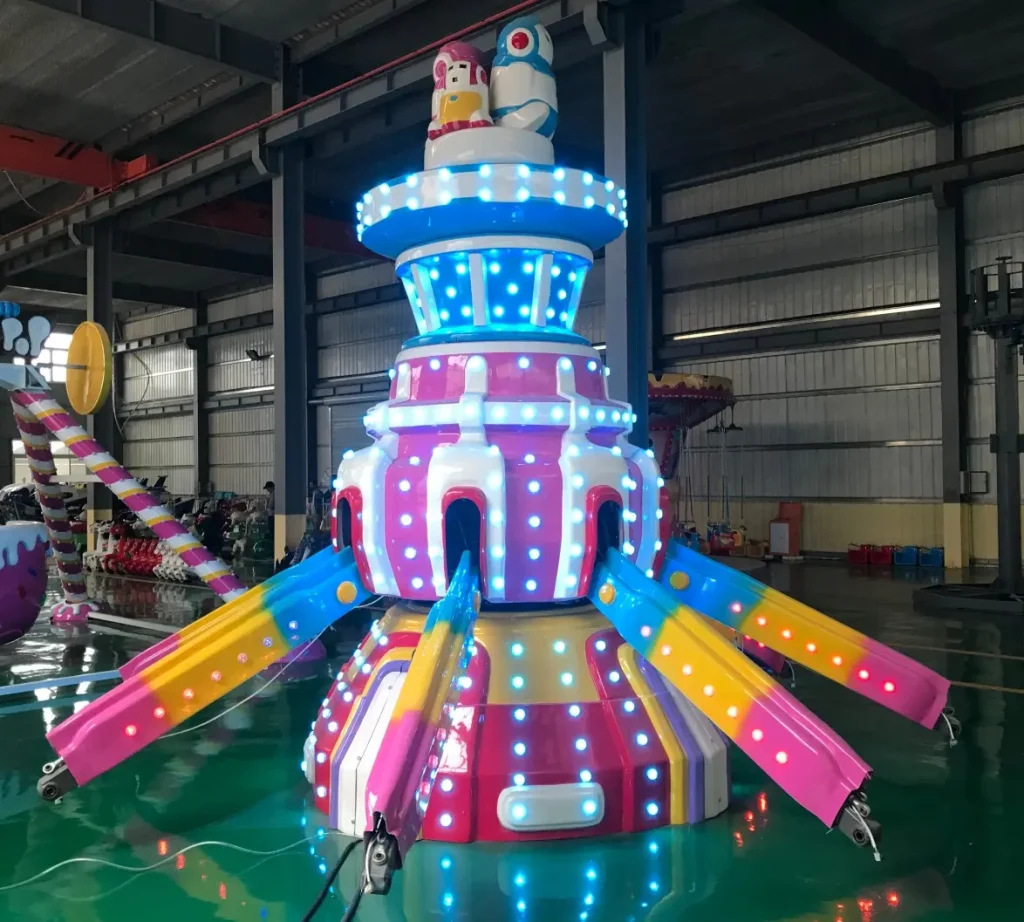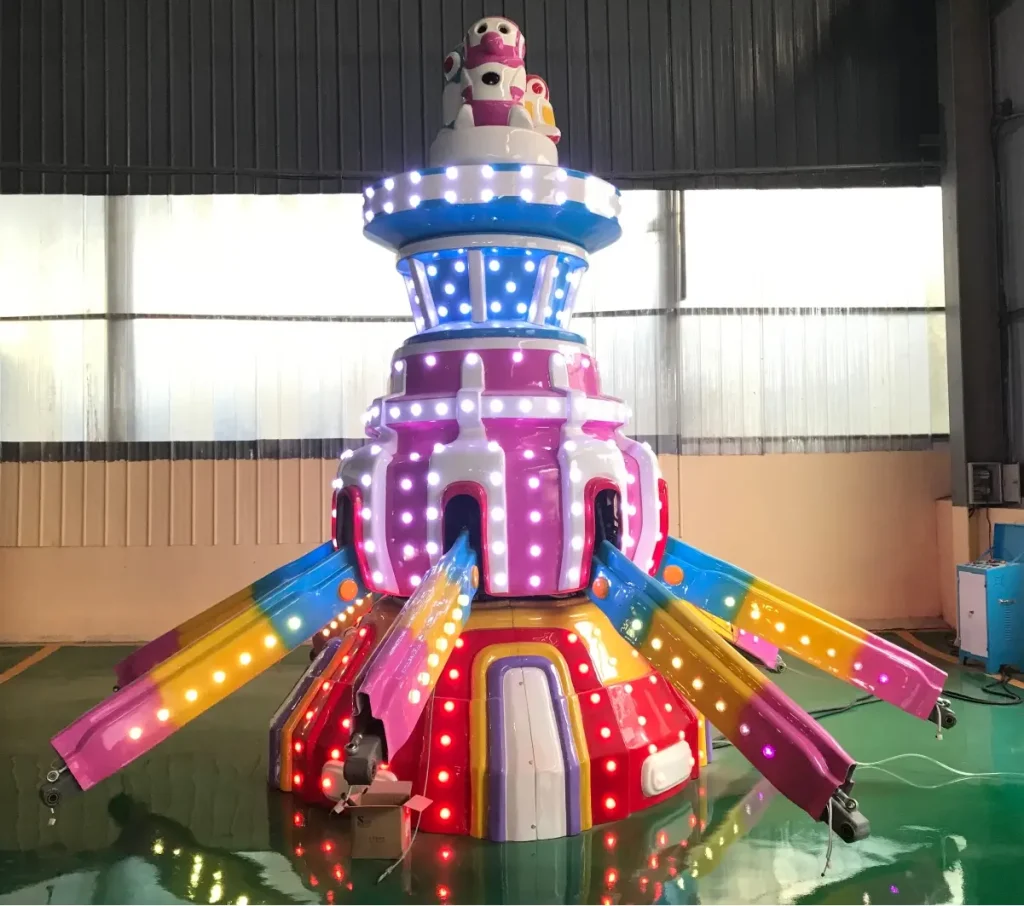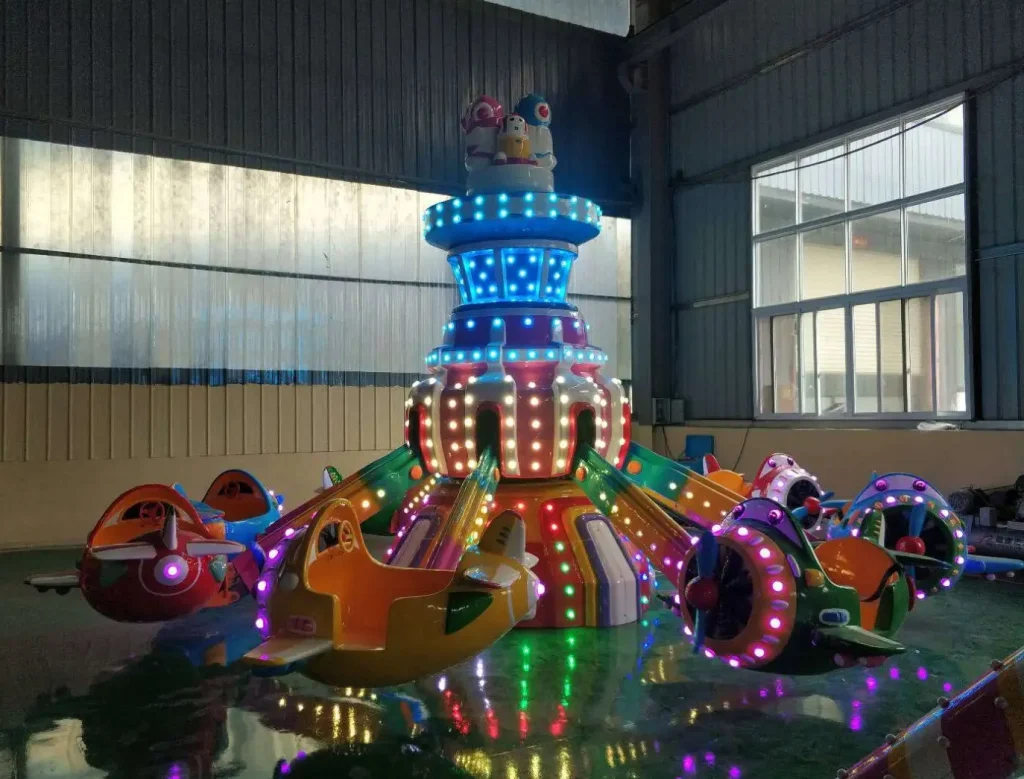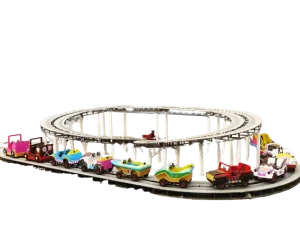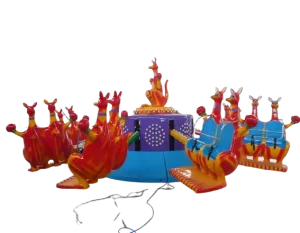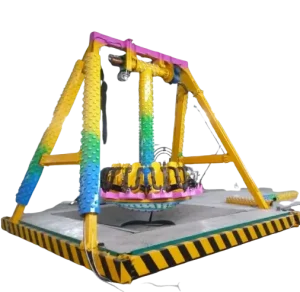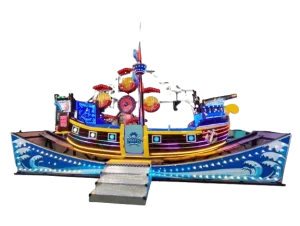what Airplane Rotation
The term “airplane rotation” refers to regular aircraft maintenance and usage rotations. It ensures planes are efficient and safe. Airlines rotate aircraft to balance flying hours. Additionally, this method minimizes mechanical wear and delays. Finally, it optimizes fleet availability across various routes.
Regular rotation requires systematic checks and component replacements. Engines are inspected every few flights. Similarly, landing gear is lubricated after particular cycles. These techniques help prevent unexpected breakdowns during operations.
Pilots and ground workers adhere to stringent rotation standards. Flight data is tracked using computerized technologies. Airlines modify timetables according to weather and demand. This cooperation ensures that passengers and freight move smoothly.
details of the Airplane Rotation
our Airplane Rotation
Airplane rotation provides several benefits to both airlines and passengers. First, it increases aircraft lifespan by lowering strain. Secondly, improved routing reduces fuel waste. Third, it improves safety by avoiding mechanical problems.
Efficient rotation enhances cost management. Through proactive maintenance, airlines may prevent costly emergency repairs. Consistent timetables help prevent staff tiredness and mistakes. Passengers experience fewer cancellations and punctual arrivals.
Environmental benefits include reduced carbon emissions. Current rotation systems promote fuel-efficient flying patterns. Additionally, lower engine stress reduces noise pollution near airports. These actions promote sustainable aviation practices.

FAQ’s
Need to know before using
Step 1: Review the Maintenance Schedule. Review the rotation plan for your aircraft model. Set inspection deadlines for engines and systems. Use computerized technologies to monitor remaining flying cycles.
Step 2: Prepare equipment. Gather tools, such as lubricants and diagnostic devices. Ensure spare parts fulfill safety requirements. Make sure crew members use protective gear.
Step 3: Execute Rotation Tasks. Follow the step-by-step procedure for component inspections. Replace worn parts before reassembling the system. Test all functionalities with pre-flight protocols.
Step 4: Document work. Document accomplished tasks in maintenance logs. Share updates with the operations staff. Save data safely for future reference.

